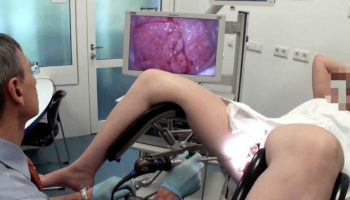What is Capgras syndrome Capgras syndrome is characterized by a delusional belief that a person, usually a close relative or friend, has been replaced by
What is alien hand syndrome Alien hand syndrome or Dr. Strangelove syndrome, is a disorder of involuntary, yet purposeful, hand movements in which a person
What is exploding head syndrome Exploding head syndrome is a rare parasomnia (general sleep disruption) in which affected individuals awaken from sleep with the sensation of
What is Charles Bonnet syndrome Charles Bonnet syndrome is a condition where visual hallucinations are experienced by people with vision loss who don’t have a
What is back labor "Back labor" is a term used to describe intense lower back pain and cramping during and sometimes between labor contractions. Back labor
What is bloody show Bloody show is the small amount of blood mixed with mucus that is known as a ‘show’. While you are pregnant,
What is echolalia Echolalia is repeating the words or phrases of others, without necessarily understanding their meaning. Echolalia is a form of verbal imitation. Echolalia
What are baby teeth Babies are usually born with 20 baby teeth (also known as primary teeth, milk teeth or deciduous teeth). Baby teeth start
What are Braxton Hicks contractions Braxton Hicks contractions are called false labor or "practice" contractions that are common in the last weeks of pregnancy or
What is cervical intraepithelial neoplasia The cervical intraepithelial neoplasia (CIN) are abnormal cells are found on the surface of the cervix. Cervical intraepithelial neoplasia is









